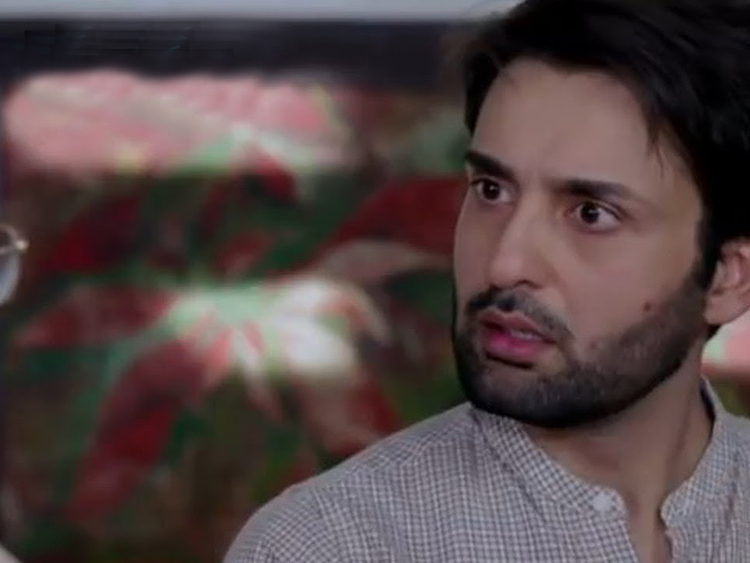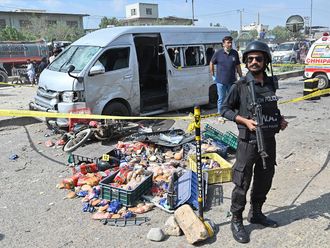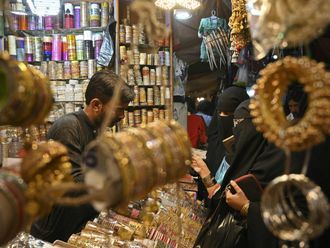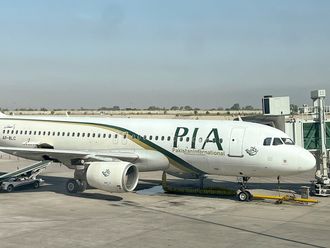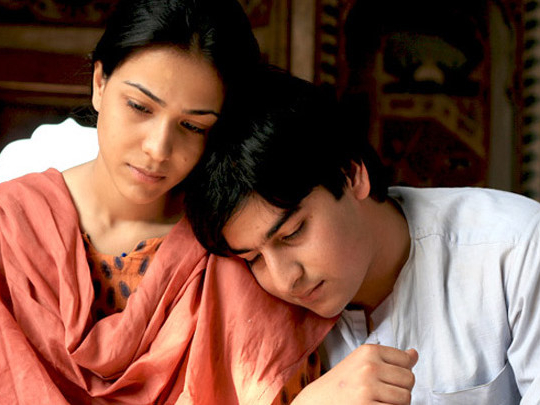
Highlights
- Origin Story
- Survival game
- In the larger scheme of things
- Censorship and its issues
- Trends
- Shooting locations
- #Metoo: do we really need it?
- Television: too bold?
- Comedy
If a movie’s impact can be gauged by one thing, it’s the ghosts it leaves behind. Do the dialogues haunt you in the dead of night? Years later, does something trigger a memory of what you saw? My first brush with Pakistani cinema was in 2011, when I saw Bol, on a tiny screen on a long flight. The movie, which deals with the misogynistic and predatory nature of a patriarchal society, has a well-barbed frame that pricks deep wounds. When combined with the exploration of the internalized fight a person faces because of a society’s predilections - here transgender identity, like in Toni Morrison’s the Bluest Eye, dark skin - it is a dive into personal nightmares.
It is also one of Pakistani cinema’s undisputed gems of storytelling – one that was a long time in the making.
Lollywood, as the Lahore-based movie industry is known, began on a prolific note.
Origin story
The first movie made in the country was Teri Yaad (August 1948), a year after independence. It featured Nasir Khan, whose brother Muhammad Yusuf Khan would go on to become Dilip Kumar, the Tragic Hero of Indian cinema.
_resources1_16a08519b6c_base.jpg)
Almost two decades later, in 1965, when Khan had joined his brother in India and the country had gone to war with Pakistan, Hindi movies were banned in Pakistani territory, making it a springboard for local talent. A growth spurt ensued, only to be nipped by Army Chief Zia-ul-Haq, who came into power in 1977. The 80s were shrouded in darkness.
Hamza Bangash, director of the short Dia, explains the devolution of cinema in the nation. “It’s difficult to discuss evolution in the context of Pakistani cinema- as unlike other countries cinema industries- we went from the grand old days of Lollywood to a veritable black-out under Zia’s regime to the slow trickle of films that started in the early 2000s. The Pakistani film industry is still too new. Everything is an experiment. No one has quite figured out the formula for a successful film, and it’s intriguing to see what is failing and what is succeeding,” he said in an interview with Gulf News.
_resources1_16a08519b96_base.jpg)
Only the strongest can survive
And while it’s not yet as prolific or cash rich as its neighbour, many feel the country is entering a Golden Era. Producer-director Meher Jaffri, whose movie credits include Dummy (2016), Kolachi and Seedlings (2013), says, “2018 has been a very exciting year for films - the evolution in the film industry in terms of technical prowess, budgets, audience attendance and the development of more cinemas in Pakistan, etc., has all lead to a more fertile breeding ground for more diverse talent to come to the screens: be it writing, directing, acting, music, technical, sound in more and more sophisticated (i.e. technically competent and artistic) ways.
“I think what is exciting to me is that the writing is finally evolving and there is a diversity of narratives that we are seeing, that was always there in reality, but wasn't allowed to stand shoulder to shoulder to the more mainstream films and points of views before. Distributors, exhibitors and audiences are displaying signs of increasing depth and breadth in terms of their taste for good stories, characters and/or just plain good old entertainment - and that's a great trend!”
But while the movie makers heartily agree that Lollywood is on the cusp of change and growth – it’s Charles Darwin’s theory of survival is being put to the test. “Pakistan has no unions, almost no managers. It’s every man and woman for themselves. It’s the Wild West of cinema- and just like how the rest of the country operates- we have fierce tribalism and provincialism,” explains Bangash.
“The 'film fraternity' doesn’t exist. We’re in the dark ages as far as any kind of state support goes/ national infrastructure,” he adds.
Earlier this year, the government allocated Rs47 million (Dh1.2 million) for the establishment of a National Film Academy. There was also a move to lower imports on equipment. And while PM Imran Khan has praised movies including this year’s hit Cake – a tale of estranged families and their relationships – whether he sticks to the budget remains to be seen.

In the larger scheme of things
Bangash says: “Thankfully, Pakistan’s reputation as an exporter of films is still undefined.”
He recalls an anecdote from a recent festival circuit that saw his movie play out, “After the world premiere of Dia at Locarno, I was approached by a French film producer who loved our film- but told me that she was surprised it came out of Pakistan- because she expected Pakistani films to be either about terrorism/fundamentalism.”
“Pakistan is a vast country, filled with humanity. Our films can have a little bit of humanity too, no?” he asks.
An issue with censorship
Artists have always riled against so-called state gatekeepers of content. Why should Pakistan be any different? Pakistan's Central Board of Film Censors (CBFC), which has earned itself much rebuke for disallowing movies such as 2017’s social drama Verna, says Bangash, is not truly representative of the nation’s demographic. “I think the censor board needs to be majorly overhauled. They prevent films from being released that disagree with the views of conservative Pakistani men in their 60s. Pakistan has a young population. They do not represent us,” he says.
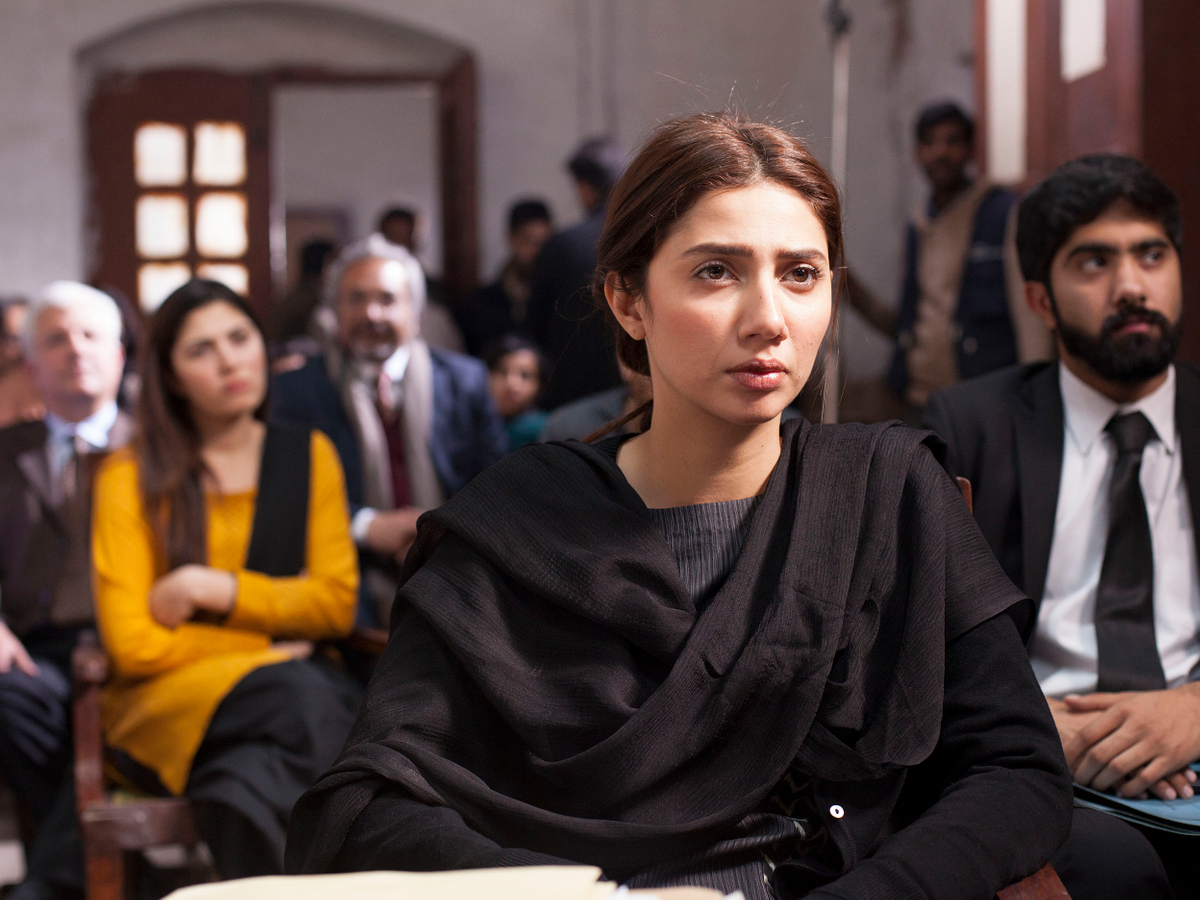
Talking trends
Bangash says of his field: “The films that are box-office hits in Pakistan are those that combine social issues with humor/romance/action. An excellent example of this is Nabeel and Fizza’s Actor in Law, a film that dealt with the everyman’s concern of corruption, with a romance at the forefront.”

ARY Network Producer Abdullah Seja, who talks about the progress of the television industry, echoes Bangash’s sentiments. “Particularly in the drama industry at this point of time, we have started to realise certain aspects that we were neglecting for a while. We have started to discuss more taboo issues, we have started to discuss more social concerns and educate the masses through our medium. Dramas like Bedardi, which was primarily based on Aids; Janbaaz and Aisi Hai Tanhai, which was based on a MMS scandal; have actually started educating the masses of what the actual issues [are]. We have become more mature and contemporary with our topics.”
“Because of the conditions we live in, every Pakistani is political- with strong opinions and concerns about the welfare of the nation- but simultaneously they want escapism in cinema,” Bangash explains.
“Regarding exploring religious elements and individual expressionism- that’s the job of us parallel cinema filmmakers. We fall more into the category of ‘World Cinema’ and have to look abroad for our audiences. Hopefully, with time, we’ll be able to find it at home,” he adds.
Location, location, location
Lush valleys and snow-capped peaks, roads perfect for trips and city life rife in personality. Filmmakers are increasingly finding their rhythm on local shores. “Pakistan is bursting at the seams with beautiful locales besides the northern areas that have been used very extensively in our films. If you are talking about natural beauty, there are the deserts of Sindh, lush greenery in Punjab, beautiful beaches of Gawadar and a multitude of gorgeous natural landscapes all over the country.
“Since I am from Karachi, an urban, dusty, dirty sprawl of a cosmopolitan, I can speak more about the beauty found in narrow alleyways, the hodge-podge of urban dwellings built erratically one over the other, the multi coloured sunsets on the Karachi coastline, a hundred insects crawling out of a decomposing carcass of a donkey that has been lying on the streets for days - there's a lot of interesting detail everywhere if you look,” says Jaffer.
But filming across the country needs gumption. There is, after all, a real security risk in regions that are oftentimes restive. “Balochistan is incredibly beautiful, with pristine beaches. Interior Sindh is a dry, unforgiving landscape almost craving for a spaghetti Western,” says Bangash.
“As security improves in Pakistan, we’ll see more films done outside the Karachi/ Lahore/Up North trifecta.”
The director also talks about the practical purposes some beloved locales serve. “We have a lot of films made in urban Karachi (very cost-effective), Old-city Lahore (again affordable, and with infrastructure), the Northern areas (difficult to manage but really beautiful).
#MeToo
The #MeToo movement – where women call out their abusers – is gaining steam across Pakistan’s movie industry. Model-turned-entrepreneur Frieha Altaf, who was the first to report being molested as a child, also produced a video called Mein Bhi to help it gain momentum. And after actress-model and singer Meesha Shafi came forward with accusations against actor Ali Zafar earlier this year-- a claim he has since refuted – a number of other women have come forward with similar charges.
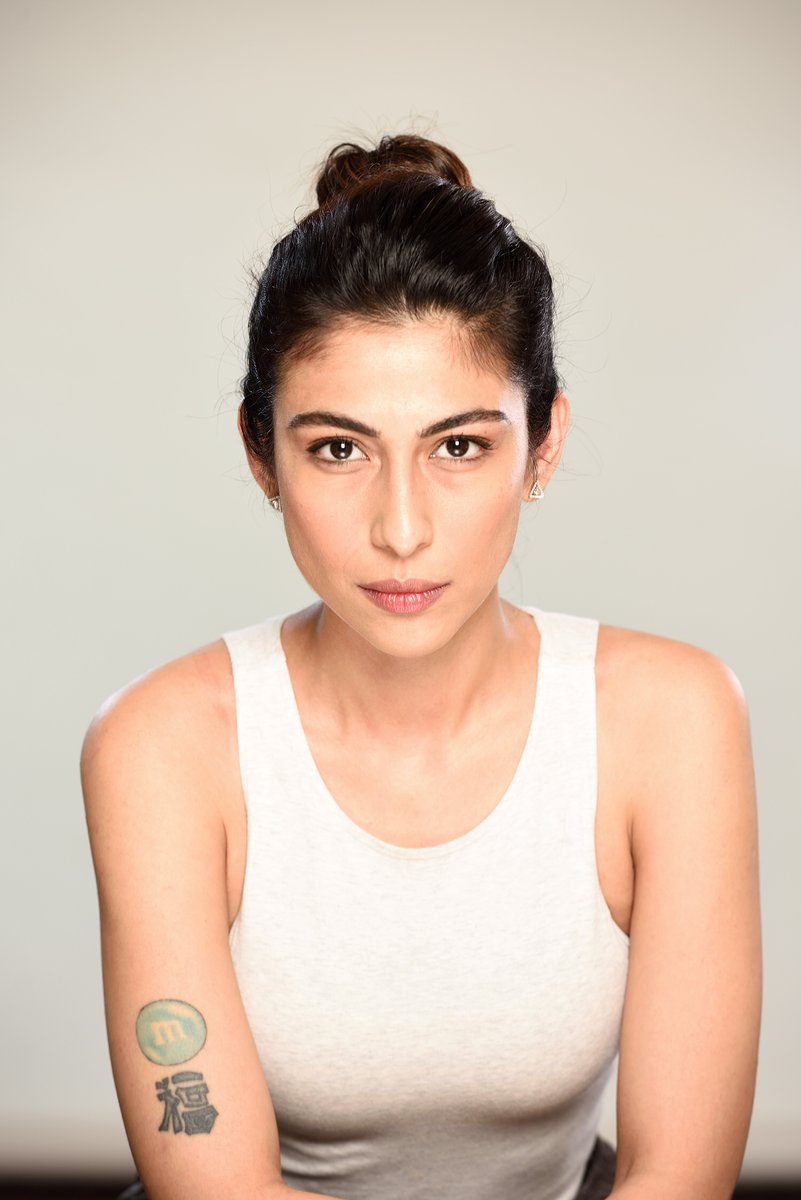
Jaffery, who supports the movement, says it should not be shackled to the entertainment industry. “There is a need for the #MeToo movement not only in film and media, but across all industries - and especially in Pakistan where the fear to speak out as a woman against harassment and its repercussions are all the more threatening,” says Jaffer.
Television
The Pakistan Electronic Media Regulatory Authority (PEMRA) issued a statement this year claiming that the quality of Pakistani dramas is in decline, mainly because they deal with (sometimes) taboo topics. That got some raised eyebrows as the sector is known for its well-thought-out character development. Seja is quick to rebuff the allegations. “See Pakistani drama can never be bold, because the stories that we tell are the stories of the masses,” he says.
He also offers a reason for the proliferation of the medium in the country. “In Pakistan particularly there are still places where there is television and cable but there is no internet,” he explains. This has stunted the growth of streaming and helped bolster the role of the TV. “They [people] still have to wait for [stuff] to air on television. Maybe after ten years we might get a huge dent [from the digital side of things] but I don’t see this happening [in the next] five-six years.”
Theatre and stand-up
The truth through a funny lens. Quick rebuttals –often in complicated rhyme. The nation has a legacy of comedy. “They’ve had a history of satire in Pakistan. And then in Sher-aur-shayari you had your own kind of comedic tools. I think what people refer to as modern forms like stand-up comedy and improve comedy – yeah they were kind of adopted from the West and kind of came and started evolving…you can say around the late 90s it started to be put to use. But theatrically, there’s been a long history [of humour],” says RJ and comic Saad Haroon.
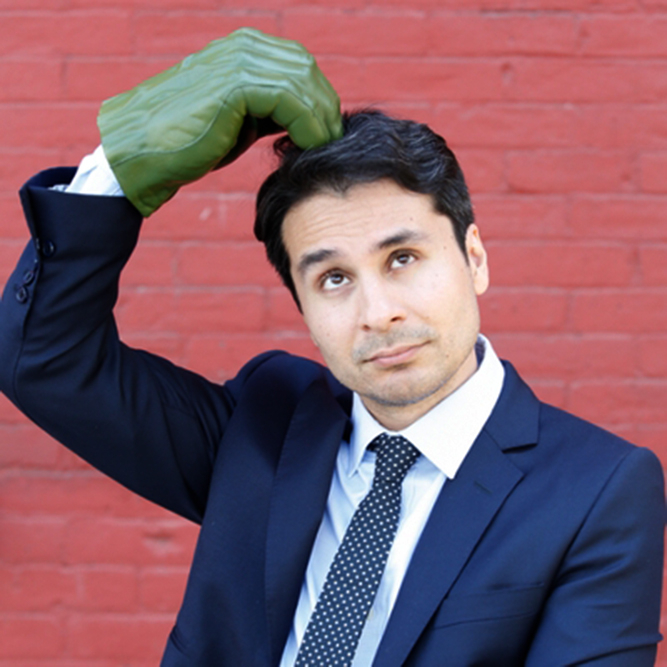
The founder of comedy troupe Blackfish explains, “People [in Pakistan] love political humour more than anything, they find it a riot.
“The thing is satire in south Asia used to get much more biting but now people are too scared because there are crazies out there…who just don’t have the stomach for everything. You know the mimicry in everything is easy to do and nobody really cares about it. When you go after their policy, and write the real biting stuff, that’s the [type of] satire I’m waiting for in south Asia. That’s not come around just yet.”


_resources1_16a08519bad_large.jpg)
_resources1_16a08519bce_large.jpg)
_resources1_16a08519c0d_large.jpg)
